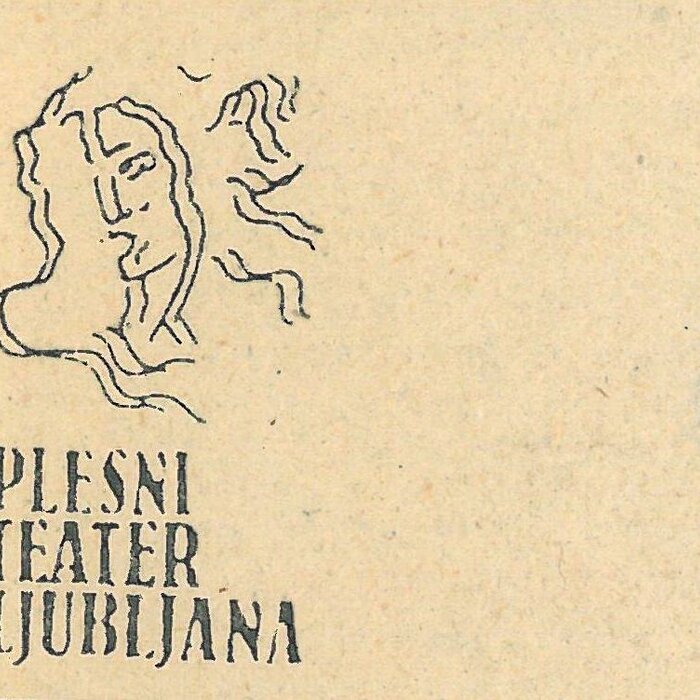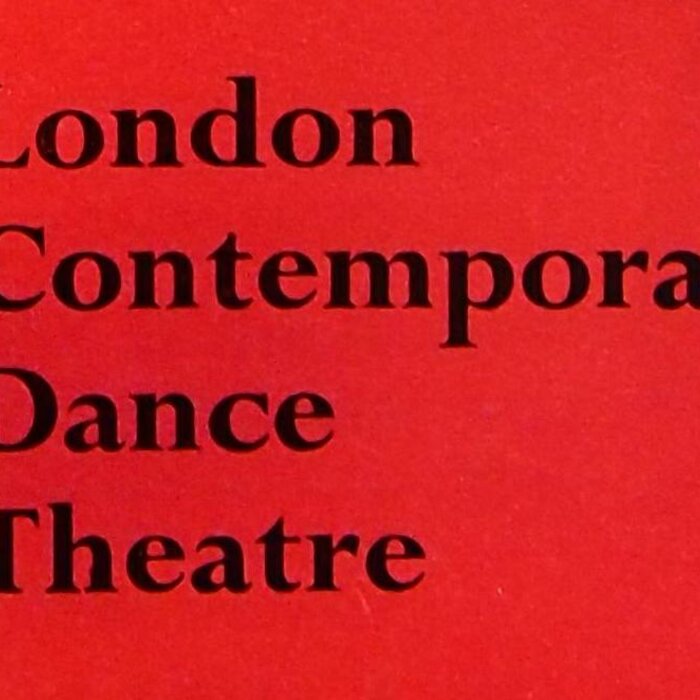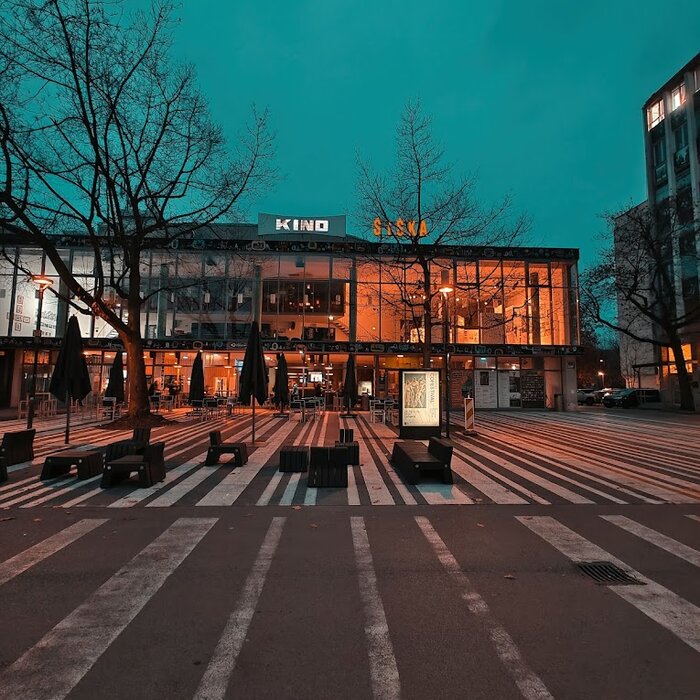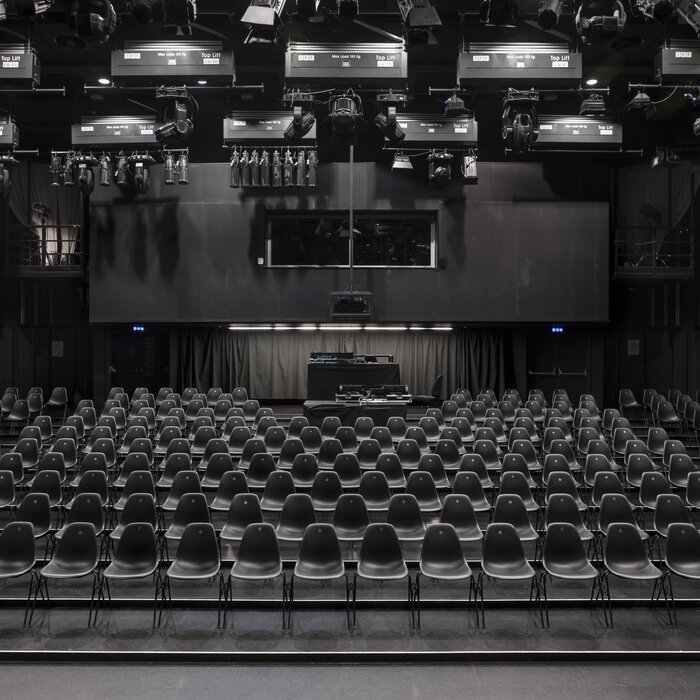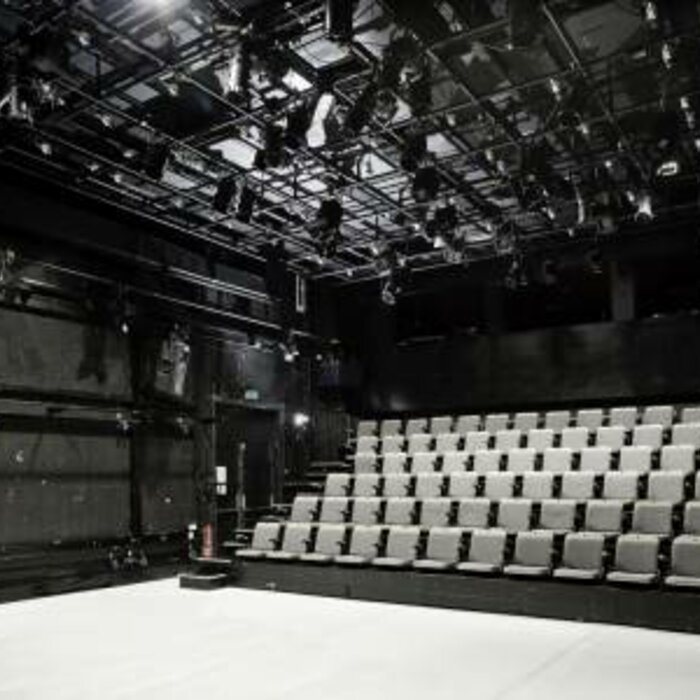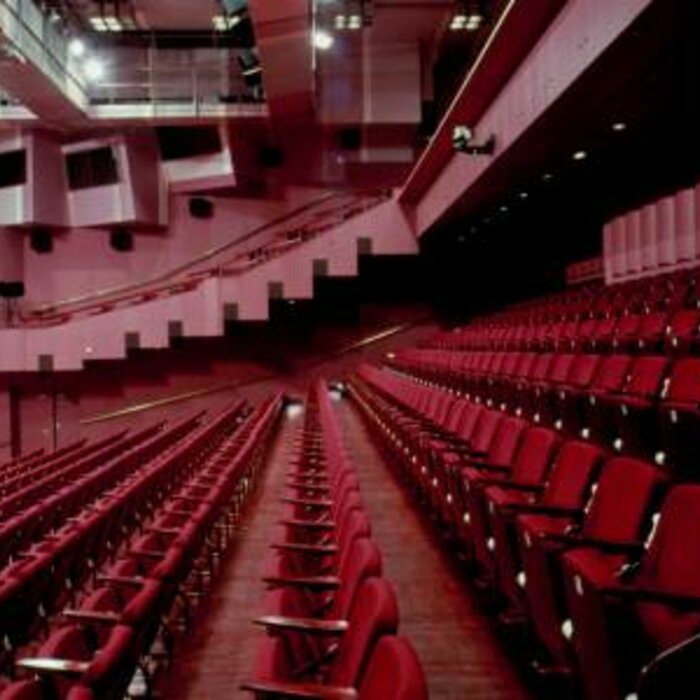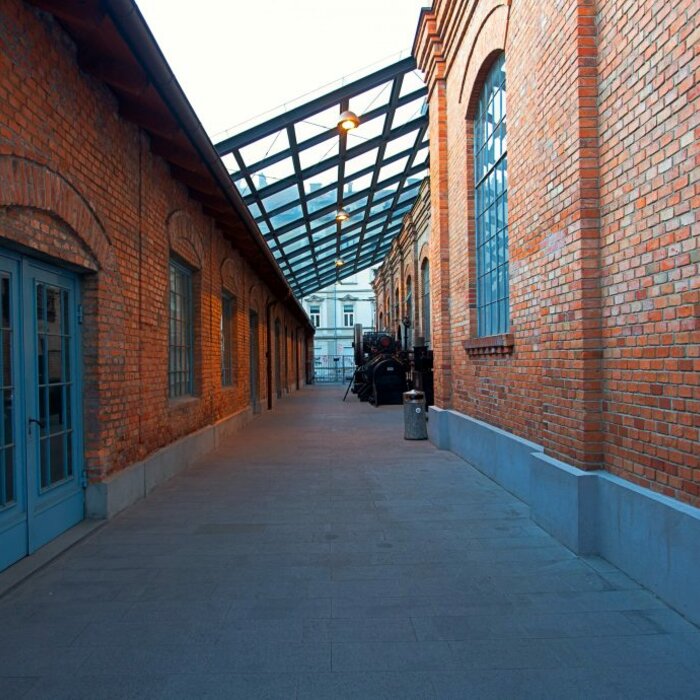Organisations
Organisations
In the region of ex-Yugoslavias the majority of organizations connected to the contemporary performing arts and dance have been and still are public non-institutional structures, meaning they have not been founded by the states, municipalities or regions but rather initiated, created and self-organized by cultural and artistic communities as well as some individuals. Nevertheless there may have been and still are some rare exceptions of the public institutions usually connected with the alternative, critical and exceptional cultural traditions that had mostly managed to build their profiled structural counter-points and international reputations before the Federation separated in 1991.
